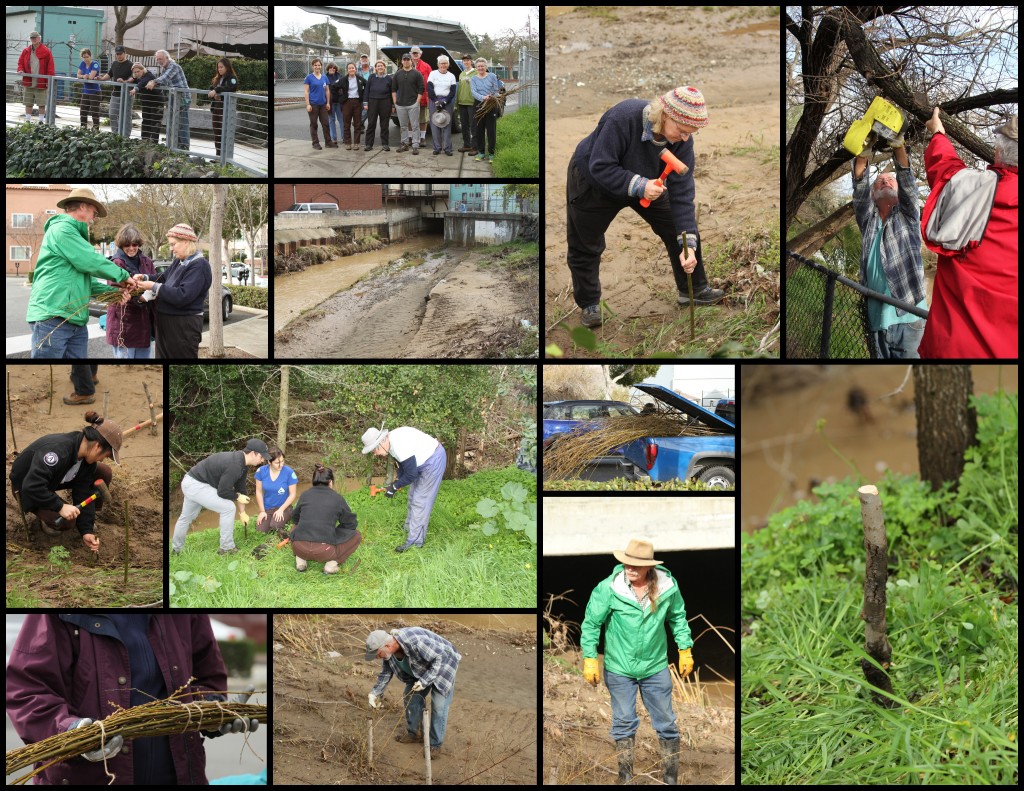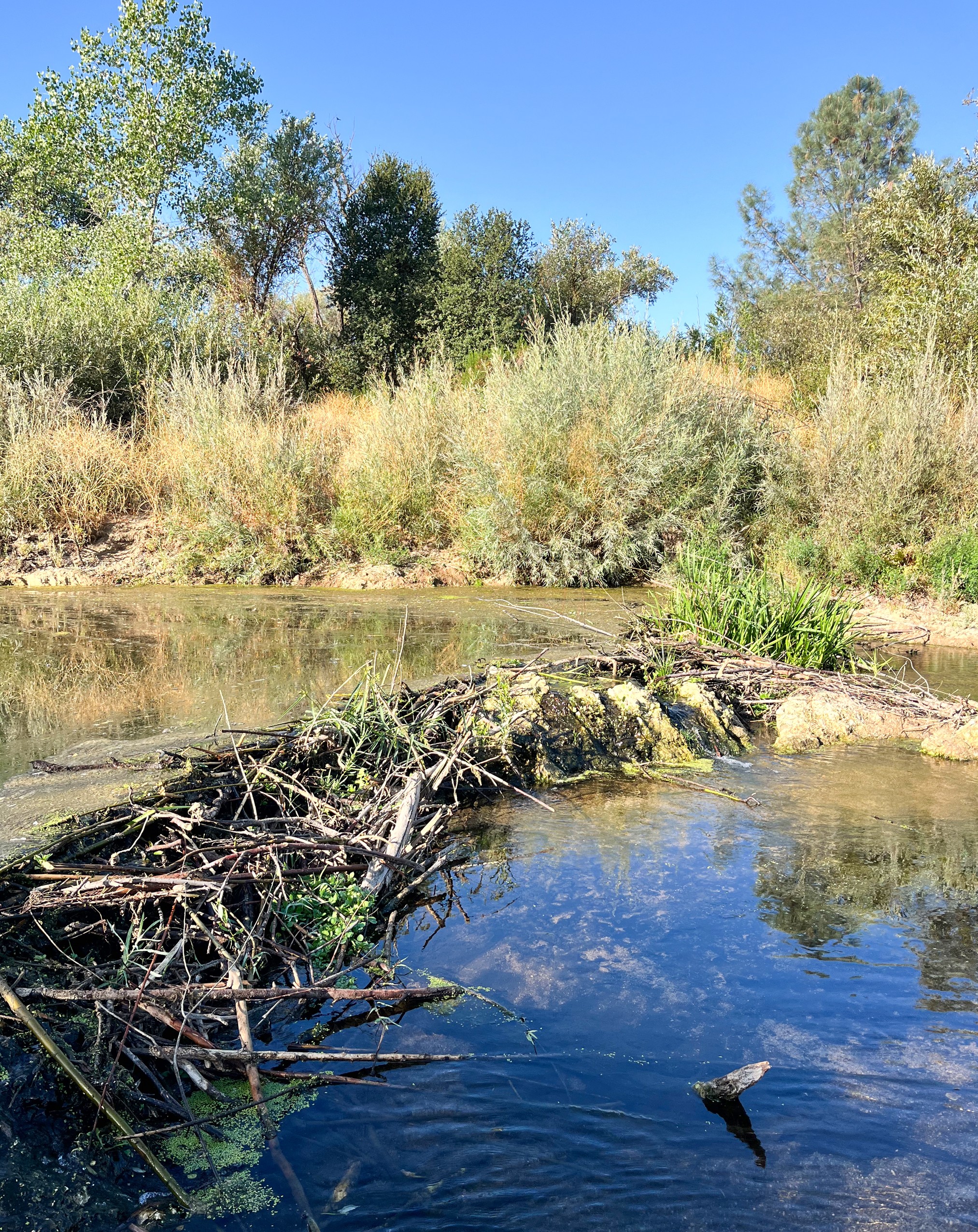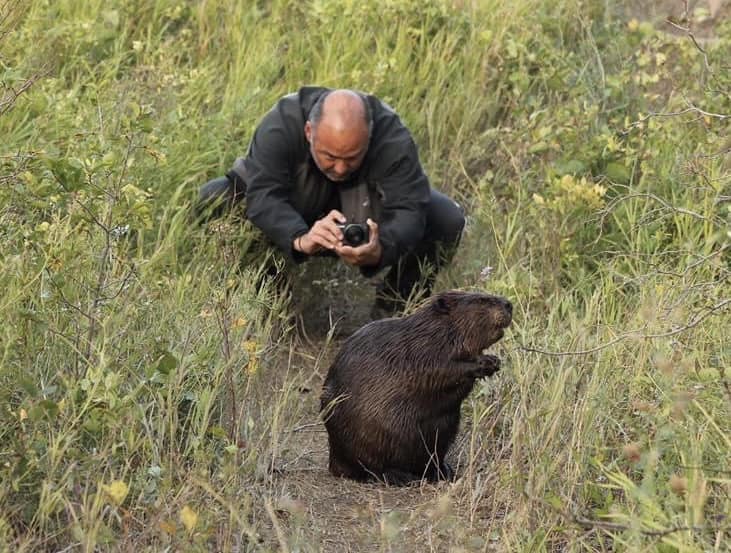This was a shuddering read from the California Water blog from nose to tail, I am sure the increase of beaver can positively boost the increase of native fish, but maybe it comes too late.
By Andrew L. Rypel and Peter B. Moyle
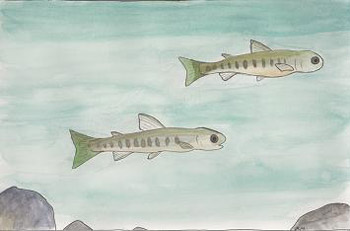 It’s an odd, disturbing feeling – watching populations of native fish species collapse and then disappear. Sometimes it happens quickly, other times it’s a series of slowstep change events. The end result is the same though – smaller populations, extinctions, less biodiversity. We put up a little fight, and occasionally have moderate success. But by and large, the overall trend is down, the pace of change quickening, and it is relentless.
It’s an odd, disturbing feeling – watching populations of native fish species collapse and then disappear. Sometimes it happens quickly, other times it’s a series of slowstep change events. The end result is the same though – smaller populations, extinctions, less biodiversity. We put up a little fight, and occasionally have moderate success. But by and large, the overall trend is down, the pace of change quickening, and it is relentless.
Wait, what? Loosing sturgeon and sticklebacks and salmon and Tule Perch and all those little fish that I was so surprised to learn about along the way?
California White Sturgeon Decision. On June 19, the California Fish & Game Commission voted that the petition to list White Sturgeon as “threatened” under the California Endangered Species Act was warranted. The species is not listed yet, but rather, now enters a one-year review period to determine a formal listing status. The data presented by CDFW to the Commission supports the need for increased protection. We wrote blogs about the sturgeon situation over the past two years as the situation worsened (Schreier et al. 2022, Moyle and Rypel 2023). Two major lines of evidence supporting listing include: 1) Massive decline in White Sturgeon numbers, as we have measured them over time; and 2) A mass die-off of sturgeon coincident with the red tide event two summers ago. This event killed a substantial fraction of the population, but we don’t really know how many, just a lot….Ultimately, sturgeon as a group have survived for hundreds of millions of years, but they don’t currently seem to be surviving us.
Ompf. Okay but that’s just one kind of fish. Maybe the rest of the picture looks better, right?
Longfin Smelt Listing. On July 30, the United States Fish and Wildlife Service published a rule in the Federal Register listing the San Francisco Bay-Delta distinct population segment of Longfin Smelt (Spirinchus thaleichthys) as endangered under the United States Endangered Species Act (US ESA). The Longfin Smelt is a close relative of the Delta Smelt (Hypomesus transpacificus), which has a long history of decline and political battles in California, but is essentially extinct in the wild. The Longfin Smelt differs from Delta Smelt in geographic distribution (occurs all the way north to Alaska, while Delta Smelt occur only in the San Francisco Estuary), but also life-history, feeding, and apparent patterns in anadromy (Hobbs et al. 2019, Lewis et al. 2020, Barros et al. 2022). San Francisco smelt populations have been in severe decline for years, primarily because the Delta ecosystem itself is in decline (Hobbs et al. 2017). Thus, formal listing of Longfin Smelt only confirms from a protective and regulatory standpoint, the tough reality that biologists have long struggled with.
When Peter Moyle tells you you’re running out of fish, you best pay attention.
The near-complete collapse of spring-run Chinook salmon in California is actually incredible. These fish were once codominant with fall-run Chinook salmon in the Central Valley (Yoshiyama et al. 1998). Total annual abundance of spawners was 600,000 adults during the late 1800s, but reduced to an average of around 10,000 fish in the 1960s. Numbers stayed near this level until just a few years ago (Rypel et al. 2021). Just three streams now sustain stronghold non-heterozygote populations of spring-run Chinook salmon: Deer Creek, Mill Creek, and Butte Creek. For many years, these streams (despite water diversion and other issues) were considered model ecosystems, resilient to effects of climate change and human impacts because of an abundance of cold water and forested watersheds. Yet numbers collapsed further in the last two years. According to numbers published in CDFW’s “GrandTab” Database, last summer the total number of adults in Deer, Mill, and Butte Creeks were just 23, 34, and 95 salmon, respectively (Azat 2024). This prompted a relocation of some of these juveniles to UC Davis in an emergency attempt to start a captive broodstock. And this year the adult numbers, currently unpublished, appear to be similar. A reintroduction effort of spring-run on the San Joaquin River is ongoing.
It doesn’t matter that we won the beaver fight with the USDA because of salmon if we don’t have any salmon left for beavers to help.
Speckled Dace Listings. On 8/7, the USFWS published in the Federal Register that the Long Valley Speckled Dace is now a candidate species for listing under US ESA. For many years, Speckled Dace was considered to be a single species from Canada to Mexico, but research at UC Davis Center for Watershed Sciences revealed that there was great cryptic diversity within these fishes (Moyle et al. 2023). There are three Speckled Dace species now recognized in California. These include the Santa Ana Speckled Dace (Rhinichthys gabrielino, described in more detail below), the Desert Speckled Dace (Rhinichthys nevadensis), and the Western Speckled Dace (Rhinichthys klamathensis). The Long Valley Speckled Dace is a subspecies of Desert Speckled Dace (Rhinichthys nevadensis caldera) (Moyle et al. 2023). This fish is currently found in just one spring east of Mammoth Lakes – uniquely enough, in the direct outflow from a public swimming pool that is fed by a hot spring. It is one of the rarest and most vulnerable endemic fishes in California. We know very little about its biology and life-history, and its continued existence hinges on attention to the water supply and to the population recently established in an artificial pond where old tires are the principal cover provided for the fish…These findings prompted the petition by the Center for Biological Diversity to USFWS to list the species. It is feared that, if nothing is done, the species may go extinct in 50 years or less.
How does this happen? How do we so squander our streams in California that there is no way to reverse the damage?
Conclusion: An Unambiguous Signal. None of these recent developments are surprising. Freshwater biodiversity is collapsing globally, and extinction rates are far higher in freshwater ecosystems versus terrestrial ones (Ricciardi and Rasmussen 1999). This pattern has been playing out for some time in California, with the number of stable species declining and the number of endangered species increasing (Fig. 4). At least 83% of California’s native fishes are currently at risk of extinction (Moyle et al. 2011). 78% of salmonids are projected to go extinct in the next century (Katz et al. 2013, Moyle et al. 2017). These losses are harmful to Indigenous cultures in multiple ways, and the loss of salmon changes the ecology of our riparian forests, which were historically fertilized by salmon carcasses.
The list of consequences include birds, includes otters, includes the health and character of fresh water in California from one end to the other as far as the eye can see.
When we lose species, it speaks volumes about our inability to prevent ecosystem decline, and to constantly borrow from nature without repayment (Rypel 2023). The pattern is especially sobering with charismatic species such as Chinook salmon, which receive large amounts of conservation funding and attention. This is a clear and unambiguous signal that cannot be ignored. But what should we do about it? A good start might be the development and implementation of a comprehensive fish management plan for California. We provided some scaffolding for what such a plan might look like in a previous blog. The 30×30 conservation goal of the Resources Agency can boldly protect many declining fishes if fully implemented. This initiative seeks to directly protect entire watersheds, including where many declining fish occur.
Okay Whatever you say, well do it. We have to try something, right?
It shows that despite our best intentions and previous efforts to manage fallout, we have not solved the grand challenge of how to pursue economic growth while also sustaining ecosystems. California is a globally important biodiversity hot spot, and fish are just one part of its highly distinctive biota. Our goal should be to lead the world in showing how we can make our distinctive, rich economy compatible with our astonishing biotic heritage.
BOOM. Yes it should. Our goal should be to have so many rich restored streams tended by healthy populations of restored beavers that native fish have 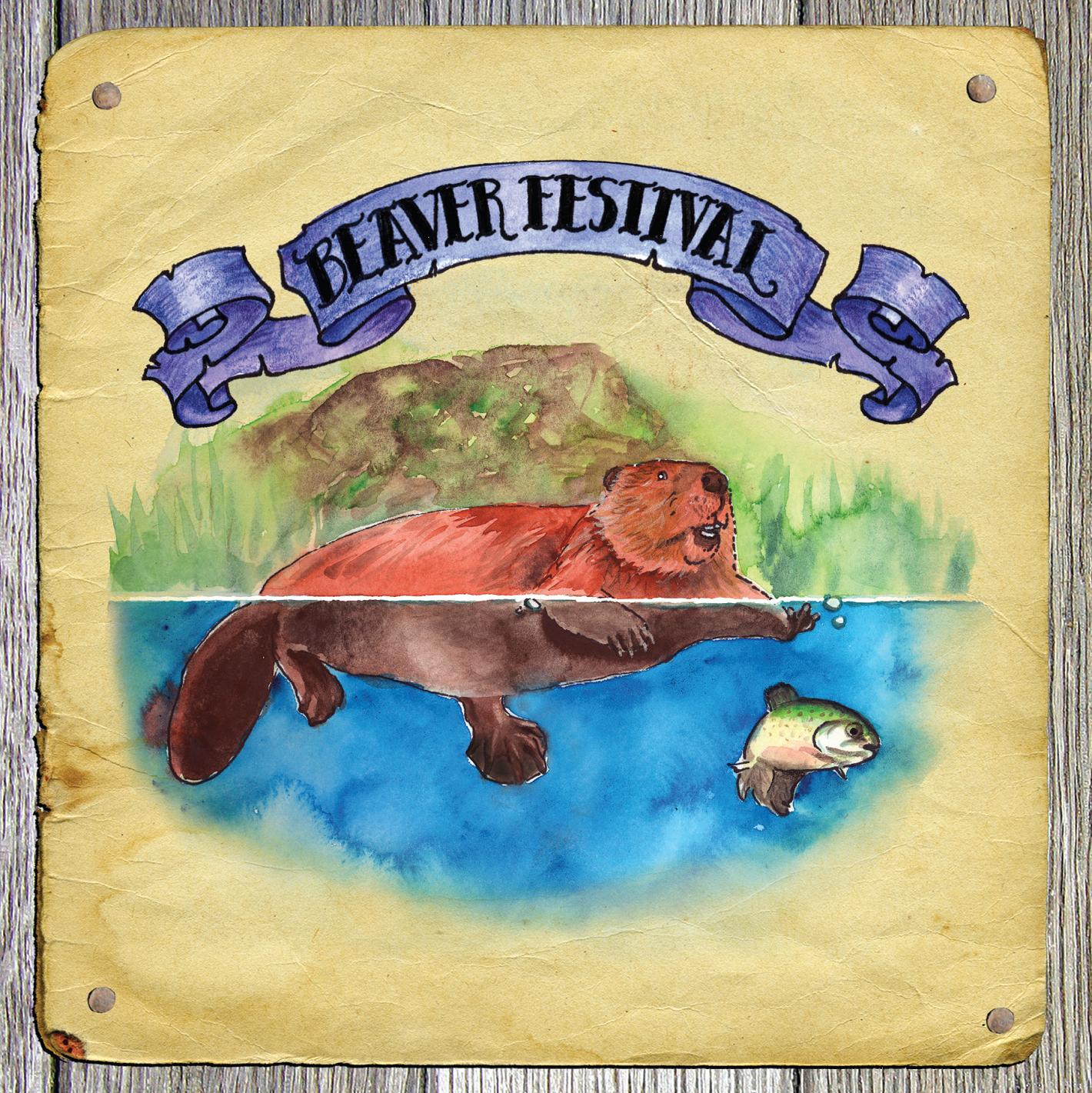 all the food and clean water they need.
all the food and clean water they need.
Beavers can help. Let them help,


